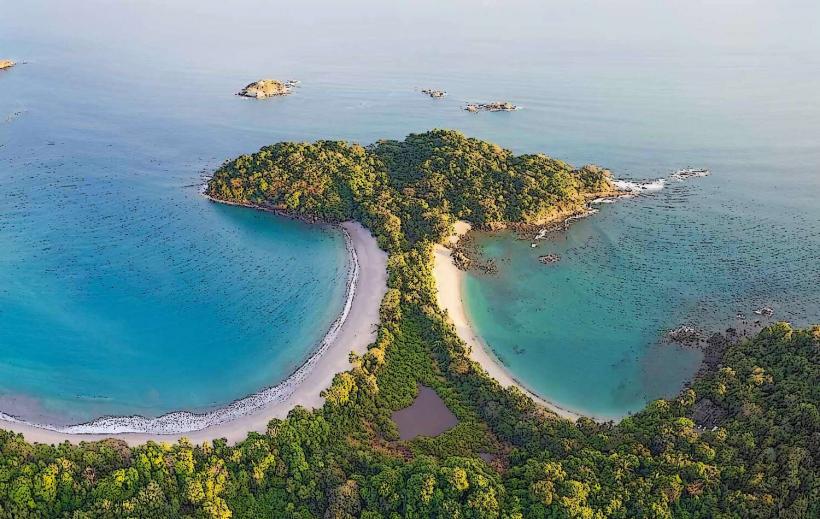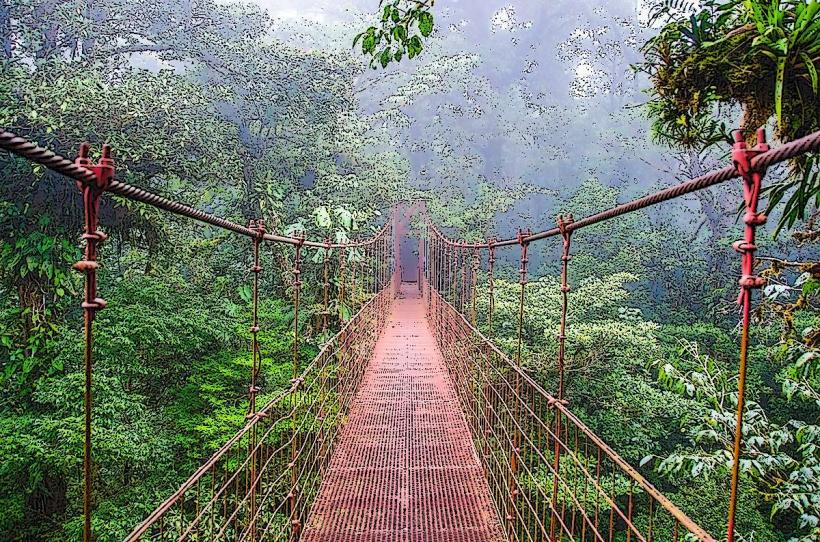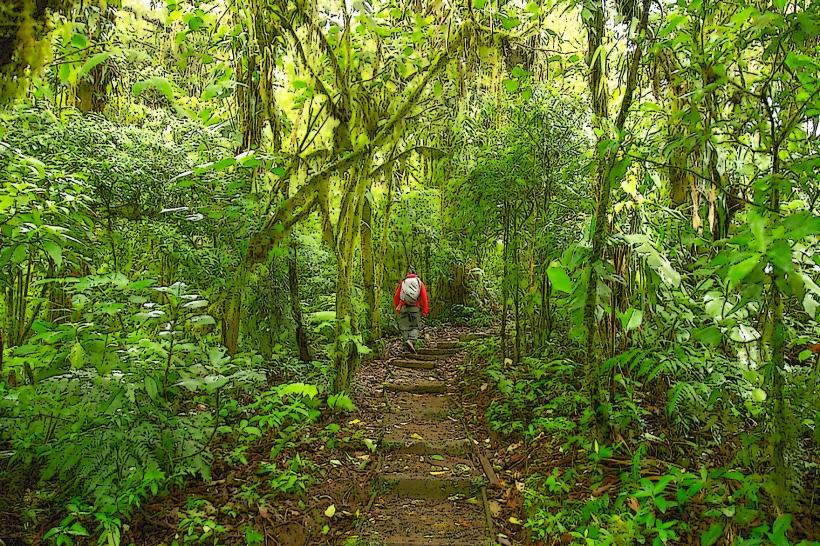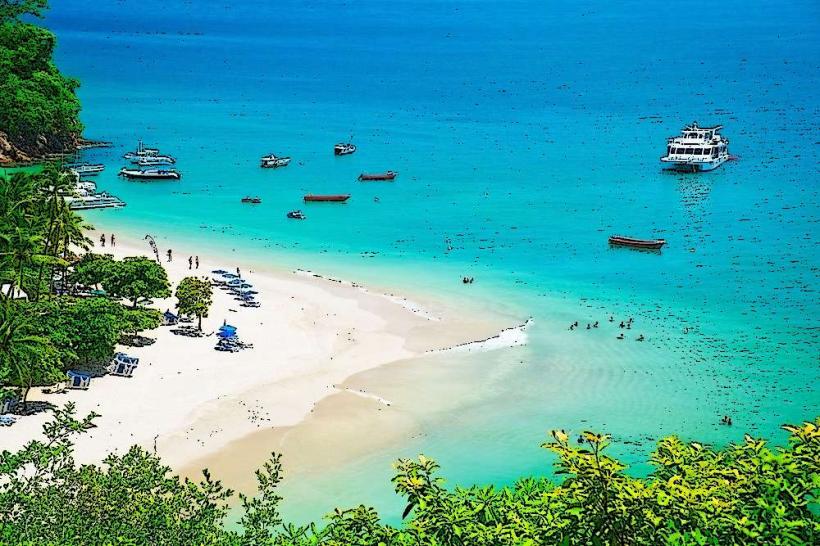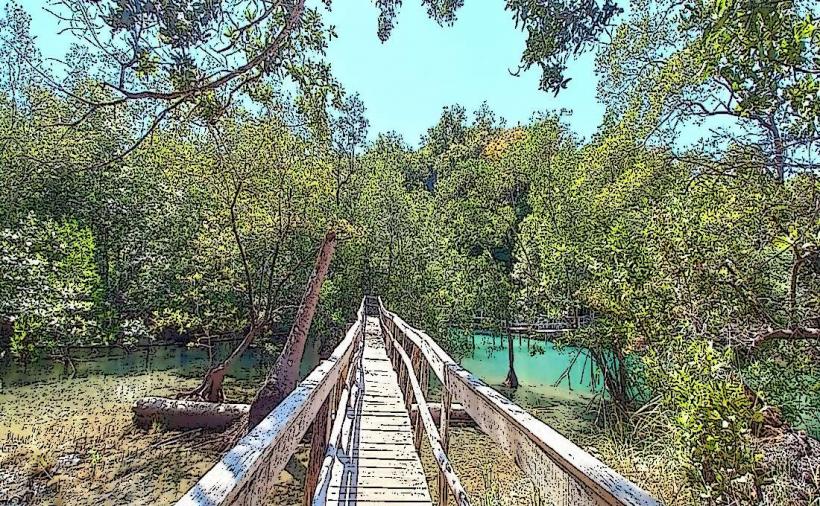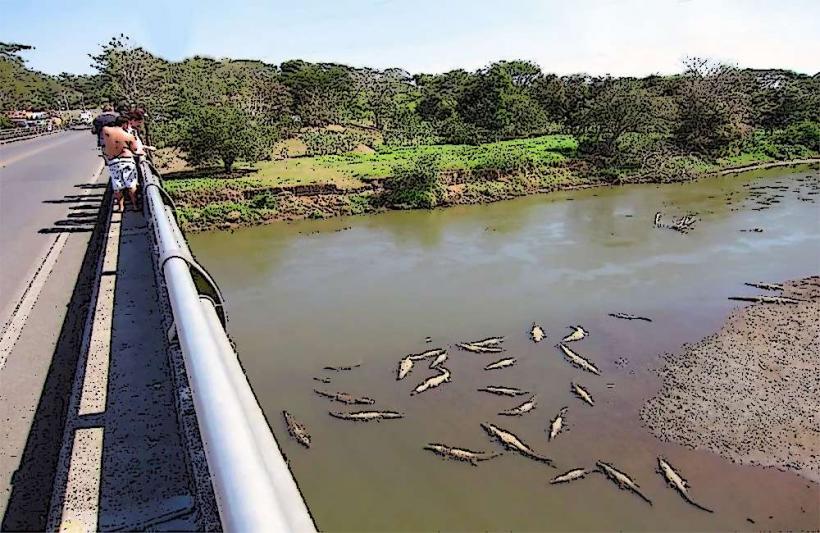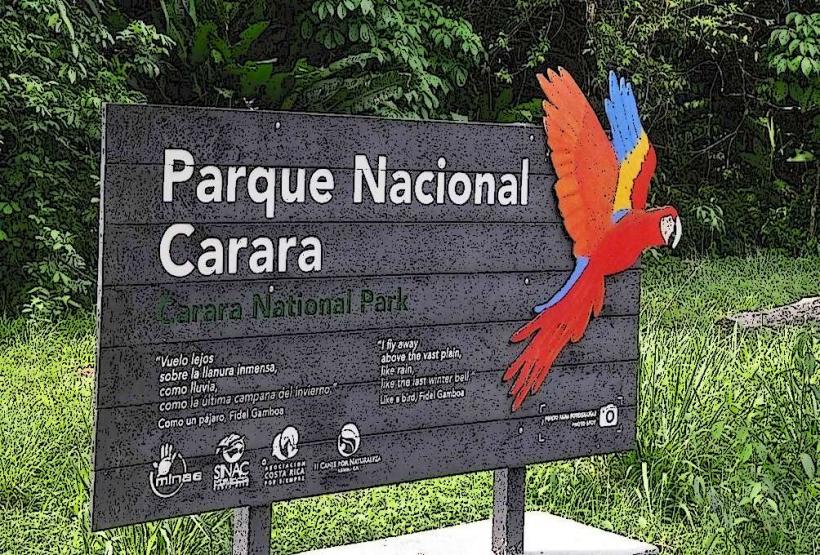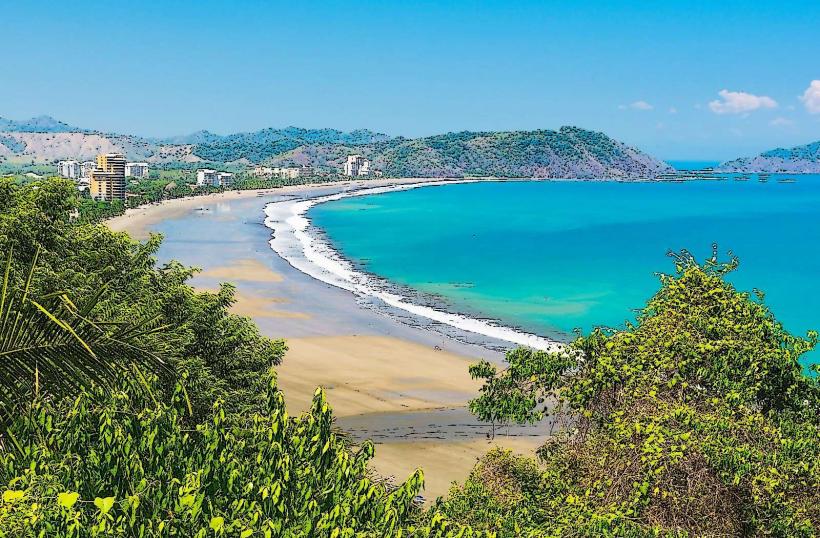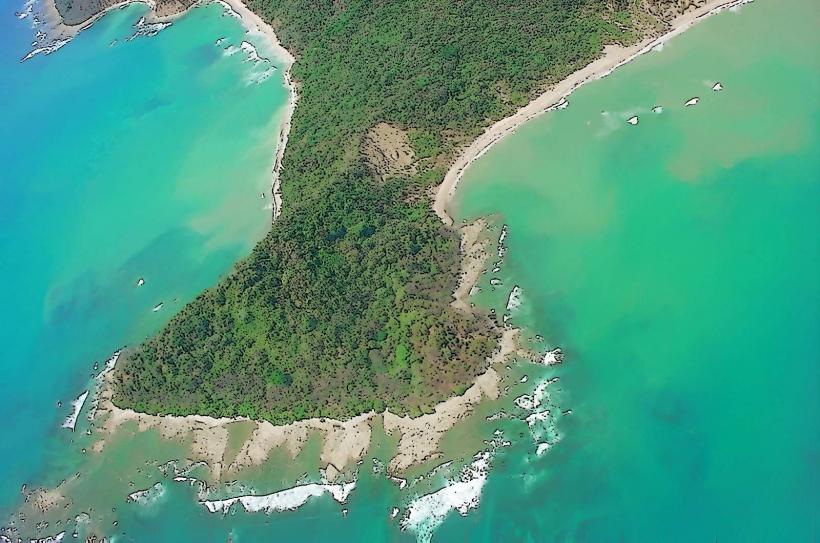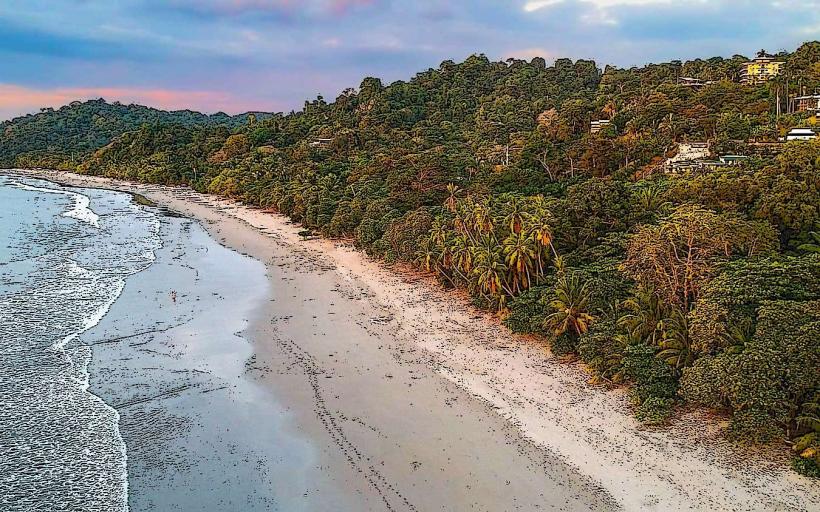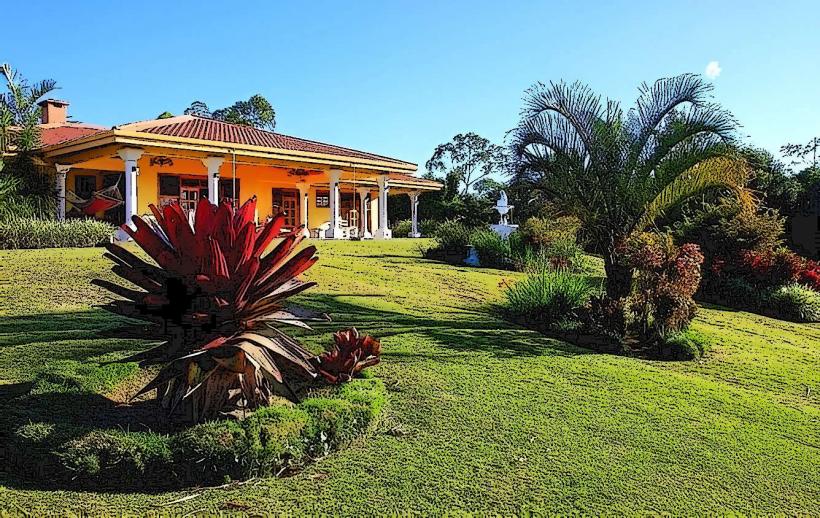Information
Landmark: Cano Island Biological ReserveCity: Puntarenas
Country: Costa Rica
Continent: North America
Cano Island Biological Reserve, Puntarenas, Costa Rica, North America
Overview
Cano Island Biological Reserve (Reserva Biológica Isla del Caño) lies in the Pacific Ocean just off Costa Rica’s coast, a short distance from the lush Osa Peninsula in Puntarenas Province, what’s more it’s part of Corcovado National Park’s wider push to protect wildlife and is famous for its teeming marine life, from darting schools of silver fish to gliding sea turtles, drawing divers, snorkelers, and eco-tourists from around the world.Cano Island sits about 16 kilometers, or 10 miles, offshore from Bahía Drake, just beyond the lush Osa Peninsula in southern Costa Rica, simultaneously the island sits in the Pacific Ocean within the Corcovado National Park region, though it’s officially designated as a biological reserve at 8.771° N, 83.635° W. You can reach it by boat-about an hour and a half from Sierpe, or a brisk 30–40 minutes from Drake Bay, with sea spray cool on your face along the way, then the closest airport is in Drake Bay, just a 15–20 minute boat ride from the reserve, where the salt air hits your face.Cano Island became a biological reserve in 1978 to safeguard its vibrant marine life, lush tropical forests, and astonishing biodiversity, on top of that costa Rica’s National System of Conservation Areas (SINAC) manages the reserve, a vital haven for protecting marine ecosystems and coral reefs while sheltering endangered species on land and in the surrounding sea.Cano Island, with schools of shimmering fish gliding over vibrant corals, ranks among the country’s best diving spots thanks to its rich marine life, moreover the clear waters around the island shelter coral reefs, shadowy caves, and jagged rock ledges, creating vital homes for Pacific sea turtles, whale sharks, graceful mantas, and schools of dolphins, tuna, and snapper glinting in the sun.Humpback whales glide through the waters around Cano Island during their migrations, while beneath the surface, glowing coral reefs shelter schools of surgeonfish, parrotfish, angelfish, and the occasional moray eel peering from its rocky nook, equally important snorkelers and divers can glide past the island’s reefs and rocky ledges, watching flashes of vivid fish dart through the clear water.From December to March, you might spot whale sharks gliding through the clear waters near the island-a dream for scuba divers, and the reserve also shelters marine turtles, including the endangered olive ridley and green turtles, which nest on its sandy shores at night, slightly Though only about 3.5 square kilometers (1.4 square miles), the island’s lush tropical forest is alive with howler and capuchin monkeys, iguanas, agoutis, and a chorus of bird calls, after that on the island, birdwatchers might catch sight of a flash of scarlet from a macaw, the vivid beak of a toucan, or a cluster of chattering parrots.Scuba diving and snorkeling shine at Cano Island, where crystal‑clear water reveals sprawling coral reefs teeming with life, as well as visitors can dive into a vibrant underwater world teeming with tropical fish, moray eels, whale sharks, and countless other creatures shimmering in the blue.Around the island, favorite spots like Isla del Caño Reef, Pargo Point, and Cave Point invite swimmers to glide past giant manta rays, swirling schools of fish, and leisurely-moving sea turtles, subsequently the island’s rich underwater life draws divers from all over, especially in the clear, calm waters of the dry season.On land, its minute size doesn’t stop visitors from exploring-guided hikes wind through dense, green forest alive with the scent of damp earth, where you might spot a flash of a toucan’s beak, hear howler monkeys calling, or catch white-faced capuchins leaping between branches, as a result several trails wind through the island’s varied habitats, from shady mangroves to sunlit dunes.For those craving a deeper experience, you can even pitch a tent and camp under the stars, consequently still, rules are in setting to protect the ecosystem, and campers can stay only in marked areas with simple comforts like a water tap and a fire ring.You can join eco-friendly adventures like guided hikes through the rainforest or quiet nature walks, and some trips even mix snorkeling or diving with a bit of hands-on ecological learning, in conjunction with from July to October, humpback whales glide past Caño Island, their tails flashing in the sun as they migrate.You can book a whale-watching trip from Drake Bay or Sierpe, where you might spot a massive tail slicing through the water just a few yards away, to boot cano Island stands as part of Costa Rica’s pledge to protect its rich biodiversity and promote sustainable ecotourism.Strict rules protect the area, keeping human impact low and making sure tourism stays eco-friendly, like hikers sticking to narrow dirt trails that wind through the hills, likewise each day, just a slight group of visitors can step onto the island, a limit that protects its delicate reefs and nesting shores.The reserve also doubles as a vital hub for marine research, where scientists study conservation efforts and track how human activity shapes ocean life, moreover local officials and marine researchers keep a close eye on coral reefs and sea life, making sure they thrive for the next generation.For a visit to Cano Island, aim for the dry season-December to April-when the skies stay clear and the water glitters in the sun, not only that this time of year brings perfect weather for snorkeling, diving, and wandering nature trails, with glassy water and wildlife everywhere, partially From May to November, the wet season still offers its charms-especially if you’re hoping to spot whales, furthermore still, the weather can turn without warning-one minute clear skies, the next a sudden drumming of rain-so make sure you’re ready.During the rainy season, the water can turn murky, hiding the fish just a few feet away, besides most visitors get to Cano Island by boat, setting out from Sierpe or Drake Bay, moderately You can reach either spot by car from San José in about five to six hours, winding through green hills and coastal roads, in addition to visit the island, you’ll need a guide and must follow rules from both the Costa Rican government and the reserve’s managers-no fishing, no taking shells, no disturbing marine life.There’s nowhere to stay on the island itself, but Drake Bay and Sierpe offer plenty of options, from rustic eco-lodges to simple hostels, also in this region, plenty of lodges arrange trips to Cano Island, handling your transport and pairing you with a guide so you can take in the whole experience, from the salt on the breeze to the flash of tropical fish below.
Author: Tourist Landmarks
Date: 2025-09-11

